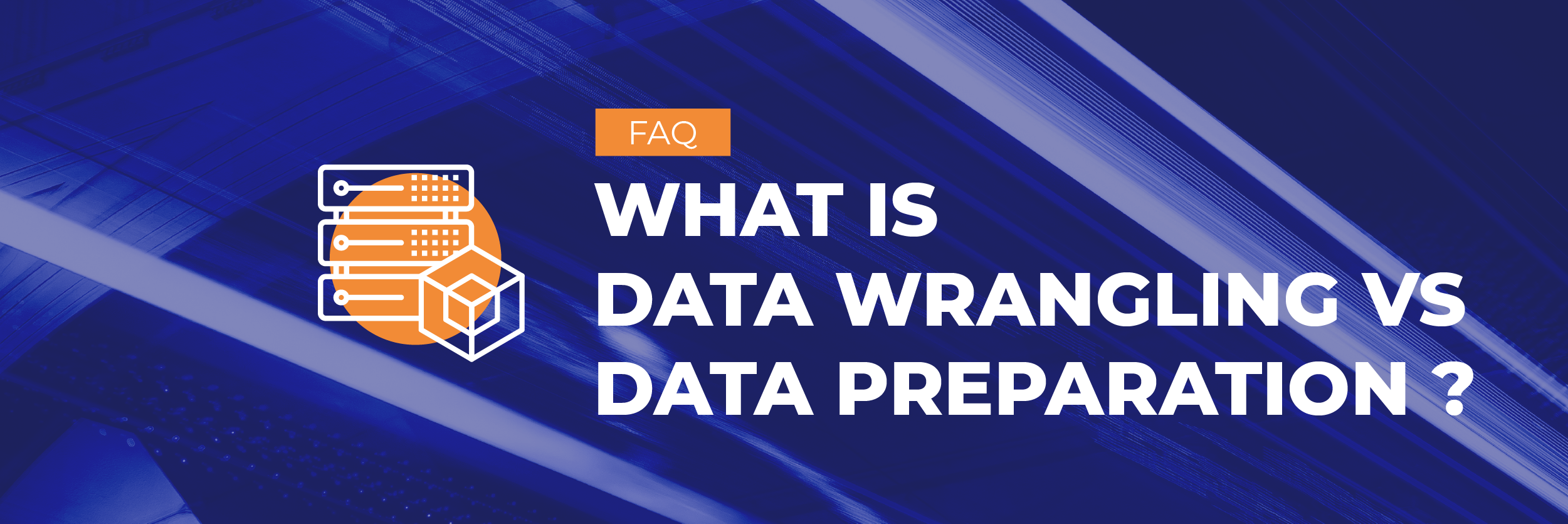
What is data wrangling vs data preparation?
Data wrangling is the unification and data cleaning process of complex datasets to ensure a high data quality analysis. The goals of data preparation and data wrangling may be similar, however there are also some key differences.
Both gather data from multiple sources to uncover deeper intelligence to present reliable and actionable insights. This data can then be shared with business analysts more readily and easily. Data wrangling and preparation also makes the process of collecting and organising raw data less time-consuming, thus enabling data science professionals and analysts to focus solely on data analysis. Prepared complex data helps business users to improve decision-making and overall cohesion between data scientists, operational teams and senior leaders in any organisation.
Data wrangling (otherwise referred to as data munging) is in fact, just one of the many techniques used in data preparation to preprocess data. It is a technique used during the creation of an interactive model to transform raw data into suitable format so that it can be used by data scientists.
Thus during data preparation, data wrangling improves complex issues related to the analysis process, as well as perform advanced data analytics. Data analytics are crucial to a business user’s understanding of raw data and how the data managed is acted upon.
Data science relies on data wrangling to create machine learning algorithms and to improve interactive models. It’s not just a buzzword: data wrangling is an essential technique to preprocess, analyse, organise and store quality datasets that are advantageous to any business user.
Want to find out more?
© Lizeo Group 2025, all rights reserved
